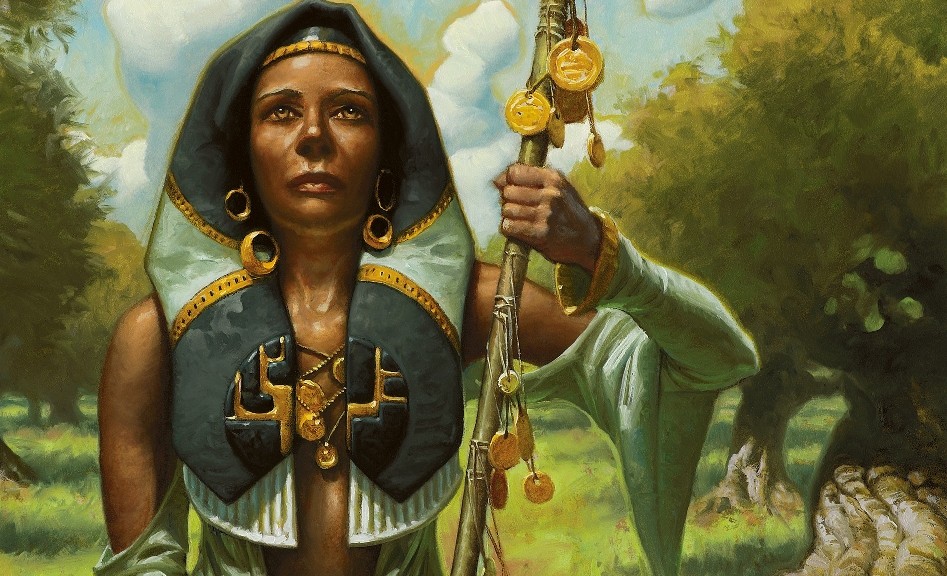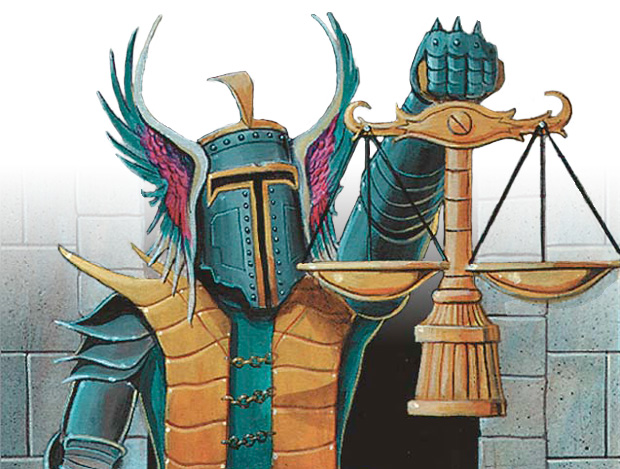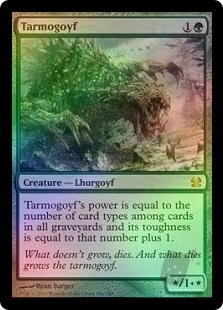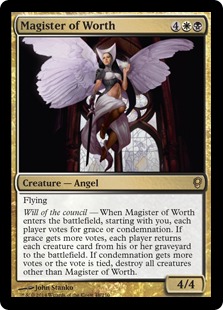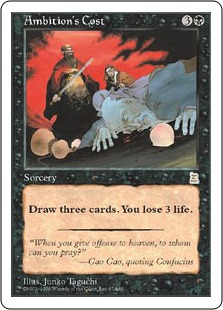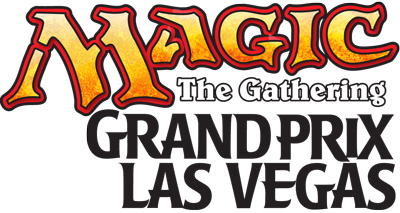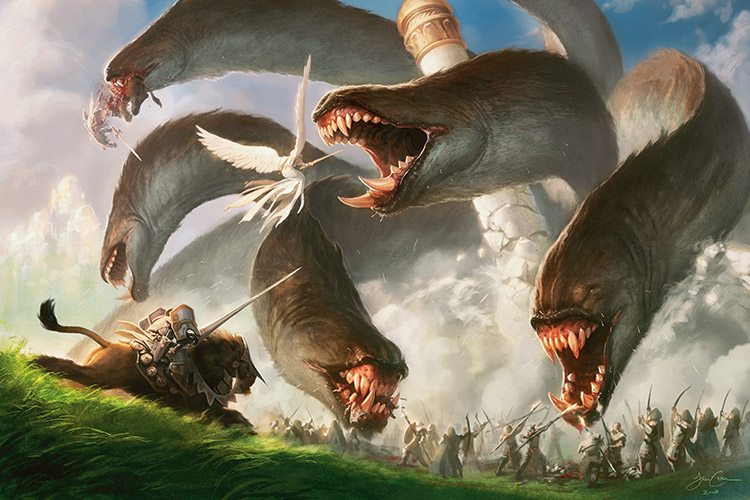By James Chillcott (@MTGCritic)
One of the most common misconceptions about folks involved in MTGFinance is that we are constantly manipulating the market and feeding players misinformation to help fuel achievement of our personal goals.
It has occurred to us at MTGPrice that though we dole out a good deal of advice, most of you ultimately have very little insight into when our writing team actually puts our money where our collective mouths are pointing. As such we’ve decided to run a weekly series breaking down what we’ve been buying and selling each week and why. These lists are meant to be both complete and transparent, leaving off only cards we bought without hope of profit, where appropriate. We’ll also try to provide some insight into our thinking behind the specs, and whether we are aiming for a short (<1 month), mid (1-12 month), or long (1 year+) term flip. Here’s what we were up to this week:
Buying Period: May 24th – May 31st, 2015
Note: All cards NM unless otherwise noted. All sell prices are net of fees unless noted.
James Chillcott (@MTGCritic)
BOUGHT
- 3x Modern Masters 2015 Booster Box @ $205/per
- 1x Lilianna of the Veil: $66
- 2x Keranos, God of Storms @ $7/per
- 1x Reveillark @ $2
- 1x Kiln Fiend (Japanese Foil) @ $6.50
- 1x Humble Defector (Japanese Foil) @ $3.25
- 2x Nylea, God of the Hunt @ $3/per
- 4 x Master of Waves @ $3/per
- 1x Nykthos, Shrine to Nyx (foil) @ $10
- 4x Scavenging Ooze (Russian Foil Promo) @ $7.50/per
- 1x Leyline of Sanctity (Japanese Foil) @ $40
- 1x Fulminator Mage (Japanese Foil) @ $53
- 1x Noble Hierarch (foil) @ $53
- 1x Chandra, Pyromaster (foil) @ $10
- 2x Sphinx’s Revelation @ $5.75/per
- 2x Splinter Twin @ $11.00/per
- 3x Woodland Cemetary @ $3.00/per
- 2x Chalice of the Void @ $13/per
- 2x Erebos, God of the Dead (Japanese) @ $3.50
- 2x Temple Garden (foil) @ $18.00
- 5x Swans of Brynn Argoll @ $3.00/per
- 5x Kolaghan’s Command (foil) @ $6.75/per
SOLD (Pucatrade):
- 1x Duress (IDW Promo) @ $22.75 ($4 cost)
- 1x Chalice of the Void (Mirrodin) @ $17.48 ($5 cost)
My purchases were pretty scattered this week, with the common element being the pursuit of cards that I consider undervalued, or solid mid to long term holds. This included a few early snags on some MM2015 foils with great rebound potential.
Just a couple of Pucatrade items this week, but both with very solid returns. I’ll be slowing my Puca activity now, with over $1200 USD in points built up, as I try to find a trading partner to help me trade up into Power 9, dual lands or Judge foils. If you have anything like that you want to send my way let me know 😉
Sidenote: Of my earlier MM2015 box deals, two of the larger deals fell through as the overseas vendors failed to produce product on time. As it turns out, this is to my benefit, because I had enough product to fulfill earlier local orders, but now have a chance to get in on boxes at $205-210 as dealers gain access to three more cases this week direct from WOTC. Take this to mean that despite the quality control issues and complaints about set variance, I am still happy to be holding some number of MM2015 boxes heading into the end of the year, where I’m looking to exit around $300.
Danny Brown
BOUGHT (Pucatrade)
10x Tasigur, the Golden Fang @ 648 PucaPoints each
4x See the Unwritten @ 341 PucaPoints each
Danny says:
“How exactly is Tasigur this low? Sure, he’s not a mythic, but he is from a small set that will be in short supply come next year. He’s proven himself in Standard, Modern, and even Legacy, and with Treasure Cruise and Dig Through Time banned out, is one of the most powerful things you can be doing with delve (which is in and of itself rather powerful). Despite having a goal for my PucaPoints, I decided to not just let them sit.
I’m already in on a couple playsets of See the Unwritten at 410 points each, so with the price drop, I figured going in on another set couldn’t hurt. Battle for Zendikar will make this price go up on hype alone once the first Eldrazi are spoiled.”
SOLD
2x Steam Vents @ 1319 PucaPoints/per
1x Sulfur Falls @ 821 PucaPoints
2x Pestermite @ 39 points/per
36 Khans of Tarkir packs on MTGO @ an average of 1.8872 each
Danny says:
“I’ve been slowly outing my pile of Steam Vents, and this all went to the same guy, so I threw in a couple other Splinter Twin cards he needed.
I don’t speculate much if at all on MTGO, but Khans packs seemed too cheap to me a month or two ago, so I bought 36 packs at an average of 1.3 tickets each. I don’t know if these are headed up or down, but given my inexperience in MTGO speculation and the opportunity for profit right in front of me, I sold out for an average profit of .5872 per pack, putting me 9.3952 credits up (probably rounded down a bit due to credit being stored in bots). Then I promptly blew twice that amount on a couple Tempest Remastered drafts wherein I did poorly. Oh, well.”
Note: The rest of the guys were quiet so far this week.
Bonus Tips:
- Tarmogoyf hasn’t been falling nearly as hard as some predicted, largely due to the vendors at the GP’s this weekend propping up the price via widespread hoarding. Buylist was as high as $130 on the floor in Vegas, so I wouldn’t be surprised to see the dominant green creature in the modern era hold the line above $120, rebounding to $160-170 by mid-summer. I wouldn’t wait long to get in for a set if that was your goal.
- The rest of the MM2015 rares and mythics have certainly fallen across the board, but the race to the bottom hasn’t really showed up yet. Keep an eye on the price index for the set and don’t be too greedy trying to find the absolute lows on the cards you need. My call that Noble Hierarch would end up below $15 for instance, looks far too low, and I’d be surprised to see many sell below $30.
- There are some very good buying opportunities on MTGO right now with the MM2015 mythics and rares being at historic lows in many cases. Look for a solid entry point later tonight.
So there you have it. Now what were you guys buying and selling this week and why?
James Chillcott is the CEO of ShelfLife.net, The Future of Collecting, Senior Partner at Advoca, a designer, adventurer, toy fanatic and an avid Magic player and collector since 1994.
ADVERTISEMENT: Get the Cube Starter Bundle with the 3rd Edition Grimoire Deck Box, the brand new Grimoire Deck Box designed specifically for the red mage in you.
